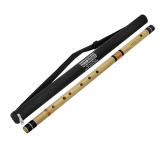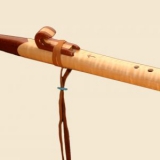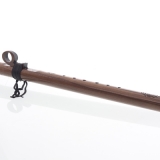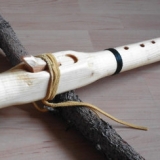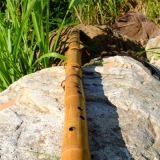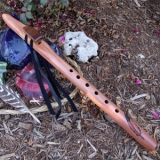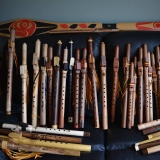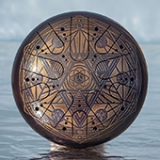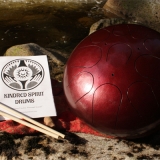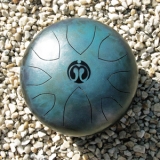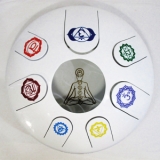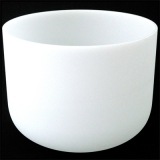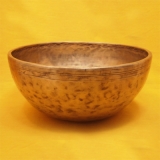ASTRO-MUSIC COMPOSITION (CHART TO MUSIC)
Part 3 of the article “Astro-Music Composition”. If you have not read the previous parts, then I suggest you read Part 1 & Part 2 first.
IMPLEMENTATION: THE SOLAR SECTOR
“As Above, So Below” ~ Hermes Trismegistus
(The Zodiac Signs are “above” the Planets “below”.)
With modern western music and astrology the 12 Planets + 12 Tones combination can be implemented to create a “Solar Scale“. The idea behind this is that every planet can be represented by a tone. We could give “tone” to the planets based on their rulership, the tone of their domicile.
RULERSHIP
A planet posited in the sign it rules is said to be in its rulership, domicile, or home.
Example: The Sun is the ruler of Leo. Leo is presented by the tone of E (and tonality of E Major), thus the Sun is represented by the tone of E (and tonality of E Major) as well.
DETRIMENT
On the contrary, when a planet is in the sign opposite the sign it rules, it is said to be in detriment. The Detriment of planets (being located opposite to the Domicile) in musical theory would represent the Tritone above or below the Tonic (root).
7 CLASSIC PLANETS
According to Wikipedia the bulk of the tradition assigns planetary rulerships according to the ancient Chaldean astronomical order of the planets (Saturn, Jupiter, Mars, Sun, Venus, Mercury, Moon; the former order of the planets in distance from Earth geocentrically):
| PLANET |
|
|
|
||||
| DOM. SIGN |
|
|
|
||||
| DOM. TONE | C/D♭(C♯) | G/A♭(G♯) | D/E♭(D♯) | A/B♭(A♯) | E/F | B | G♭(F♯) |
- First signs (starting at Aries): C-G-D-A-E-B
- Second signs (starting at Libra): Gb-Db-Ab-Eb-Bb-F
I do think though that the Thema Mundi (used in Hellenistic astrology that shows the supposed positions of the seven visible planets – including the Sun and Moon – at the beginning of the universe) might “match” better with modern astrological systems.
| PLANET |
|
||||||
| DOM. SIGN |
|
||||||
| DOM. TONE | C D♭ (C♯) |
G ♭ (F♯) |
D B |
A | E | A♭ (G♯) F |
E♭ (D♯) B♭ |
With the Classical and Traditional rulership it becomes a bit “complicated” to assign tones to the planets. Some planets rule 1 sign, others rule 2 and that would thus mean that some planets are represented by more then one tone. Musically that does not make much sense at all. Nonetheless, if you only use the “Classic” planets, then you have to make some decisions about when you are going to use what tone for each planet that represents 2 tones.
7 CLASSIC + 3 TRADITIONAL PLANETS
2 planets (Venus and Mercury) rule each 2 houses (signs) and thus represent 2 tones, while the other 8 planets only rule one house (sign) and thus represent only 1 tone with this concept version. And because the planets “inherit” the tone of the houses they rule in this concept version, we end up with a problem, what tone represents Venus and Mercury?
- Are we going to use only 10 tones of the 12-Tone Temperament? If so, are 2 of the 4 tones represented by Venus and Mercury permanently going to be “ruled-out”?
- Or are we going to use all 12 tones of the 12-Tone Temperament, but are the 4 tones (represented by Venus and Mercury) going to be selected based on other conditions?
From a musical point of view “ruling-out” 2 tones would limit the options you have melodically and harmonically. It would thus be better if all tones could be used and certain conditions determine how. In a later stage I will try to “work out” the solutions for this “problem” … suggestions are welcome!
With 10 planets the following rulership is usually used:| PLANET |
|
|
|
|
|
|
|
|
|
|
| DOM. SIGN |
|
|
|
|
|
|
|
|
|
|
| DOM. TONE | E | A | D B |
F♯(G♭) G |
C |
G♯(A♭) |
D♯(E♭) |
A♯(B♭) | F | C♯(D♭) |
| DET. SIGN |
|
|||||||||
| DET. TONE | A♯(B♭) | D♯(E♭) | G♯(A♭) F |
C C♯(D♭) |
F♯(G♭) |
D B |
A | E | B | G |
So, using 10 planets isn’t the optimal method when using 12-TET as standard for your composition.
1 PLANET, 1 RULERSHIP
Perhaps I am “breaking” the astrological rules with the idea of “1 planet, 1 rulership”.
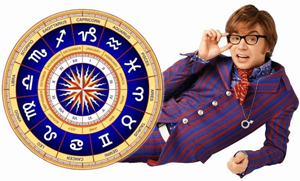 The more “conservative” astrologers reading this might feel a bit confused or perhaps even a tiny bit agitated …
The more “conservative” astrologers reading this might feel a bit confused or perhaps even a tiny bit agitated …
“There you go, another weirdo with his fancy ideas, who does he think he is, Austin Powers?“
No worries! You can just “skip by” this part of this article and pretend you never read it. *wink*
If every planet has one rulership, then everything aligns:
12 planets = 12 rulerships = 12 tones = 12 Major tonalities, 12 minor tonalites …
| PLANET |
|
|
|
|
|
|
|
|
|
|
|
|
| SIGN |
|
|
|
|
|
|
|
|
|
|
|
|
| DOM. | E | A | D |
F♯ G♭ |
C |
G♯ A♭ |
D♯ E♭ |
A♯ B♭ |
F |
C♯ D♭ |
G | B |
LINKING THE COSMIC EXPANSE & SOLAR SECTOR
INTERVALS
To “connect” both “zones” (Cosmic and Solar) one could use the musical intervals that are between a planet’s domicile (the zodiac sign over which it has rulership) and it’s location at the Natal chart. When the planet is in it’s domicile the Major tonality is represented.
In the table below the data of the Natal Chart:| PLANET |
|
|
|
|
|
|
|
|
|
|
|
|
| SIGN | ||||||||||||
| TON. | G |
F♯ G♭ |
Bm | G | A | G | A |
G♯m A♭m |
Fm |
D♯m E♭m |
A | G |
When calculating this interval only the planet’s domicile is used (it’s primary tonality).
Domicile = root of Major tonality | Prograde = root of Major tonality | Retrograde = root of Minor tonality.
| THE SOLAR SECTOR | THE COSMIC EXPANSE | MUSIC | ASTROLOGY | GEOMETRY | ||||
| PLANET | DOM. | ROOT | IN SIGN | MOTION | ROOT | INTERVAL | ASPECT | SHAPE |
| E | G | Min. 3rd |
|
Square | ||||
| A | F♯ / G♭ | Maj. 6th |
|
Square | ||||
| D | B | Maj. 6th |
|
Square | ||||
| F♯ / G♭ | G | Min. 2nd |
|
Dodecagr. | ||||
| C | A | Maj. 6th | Square | |||||
| G♯ / A♭ | G | Maj. 7th |
|
Dodecagr. | ||||
| D♯ / E♭ | A | Tritone |
|
Line | ||||
| A♯ / B♭ |
G♯ / A♭ | Min. 7th |
|
Hexagon | ||||
| F | F | Uni/Octa | ||||||
| C♯ / D♭ | D♯ / E♭ | Maj. 2nd |
|
Hexagon | ||||
| G | A | Maj. 2nd |
|
Hexagon | ||||
| B | G | Maj. 6th |
|
Square | ||||
For the tone frequencies of the tones listed above both methods (12-TET and Microtonal) could be used.
MAKING YOUR OWN COMPOSITIONS
Now that the Sign and Planet relationships with the tones have been explained, you could start building your own “tone-collection” / tuning system based on your own chart / chart of your choice.
How many planets (7, 10, 12, 12+) and what system you are going to use (12-TET or Microtonal) is up to you. If you are not familiar at all with microtonal music, or if you want to write music that can be preformed with modern Western instruments, then using the 12-TET system would be the best option, specially in combination with 12 Planets.
OTHER RELATED BLOG ARTICLES:
THE FUNCTIONS OF THE INTERVALS
Another article I wrote for my blog named “The Functions Of The Intervals” (referred to in this article) describes might be an interesting read as well?
MUSIC & GEOMETRY
If you are interested in more information about the geometry in music then read the article “Music & Geometry“.
THE ASTRONOMICAL ZODIAC SCALE
If you like my article about the Astrological Zodiac & Tonality and you are interested in Micro-tonal music, then you might also like the article “The Astronomical Zodiac Scale (Temperament)“.
SOURCES / REFERENCES:
This is an original concept by Roel Hollander and falls under the following copyright license:







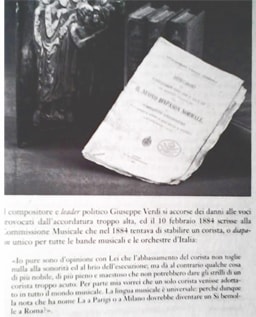
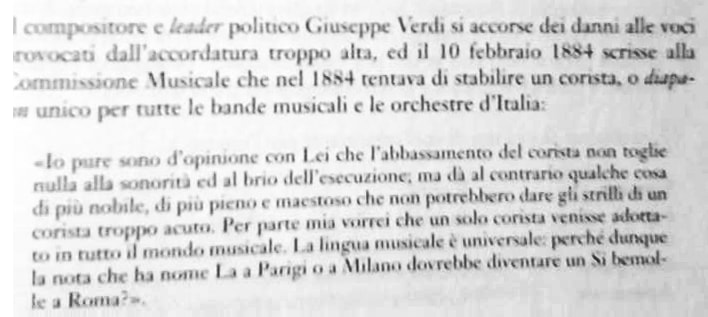

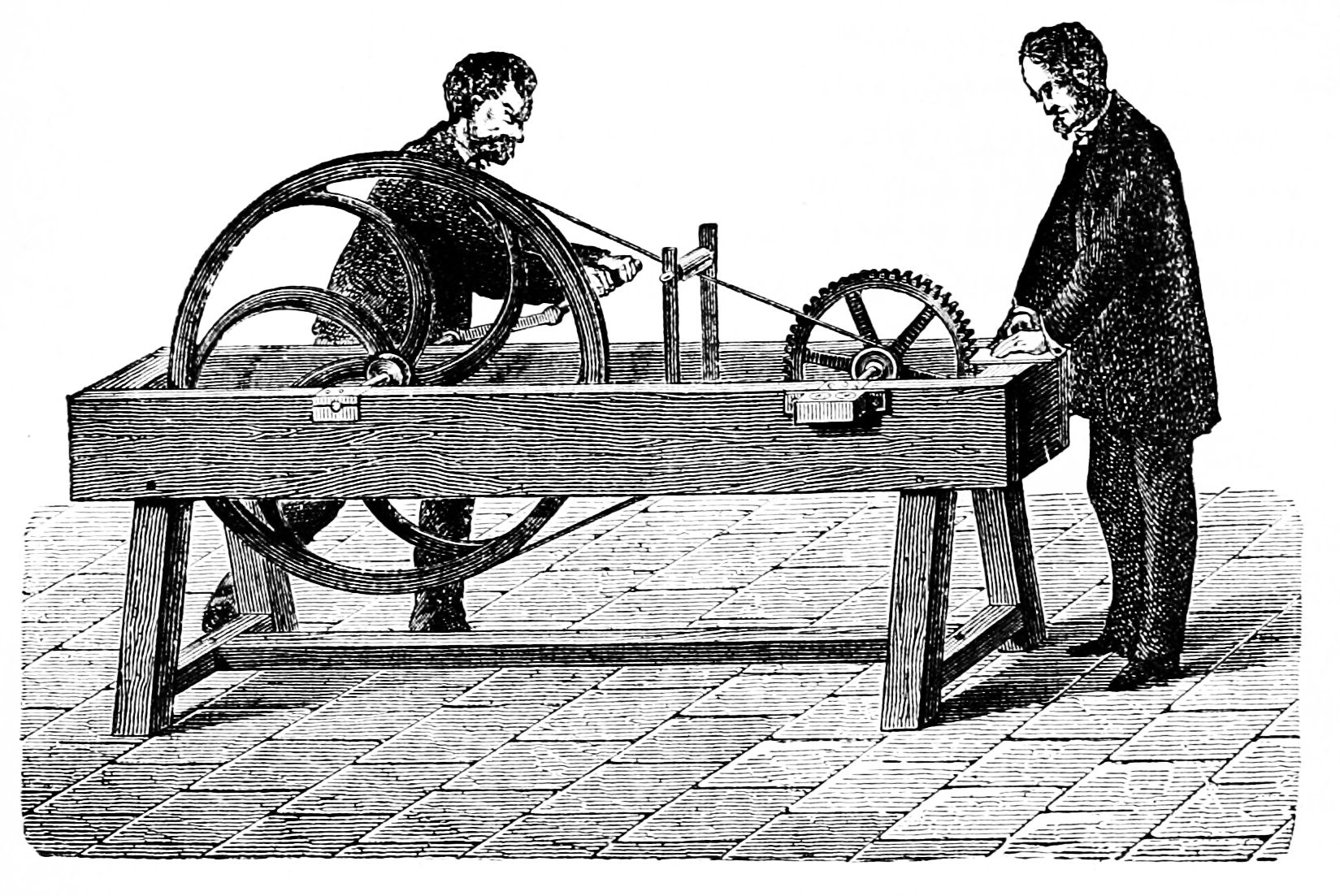 I
I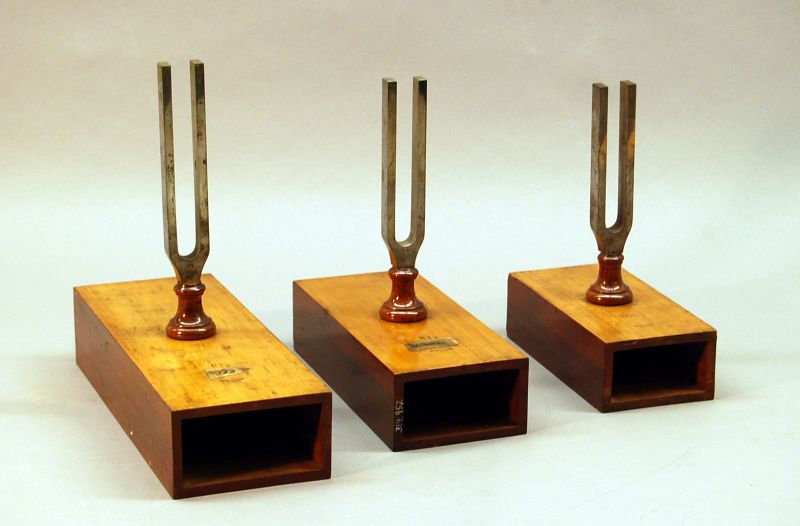
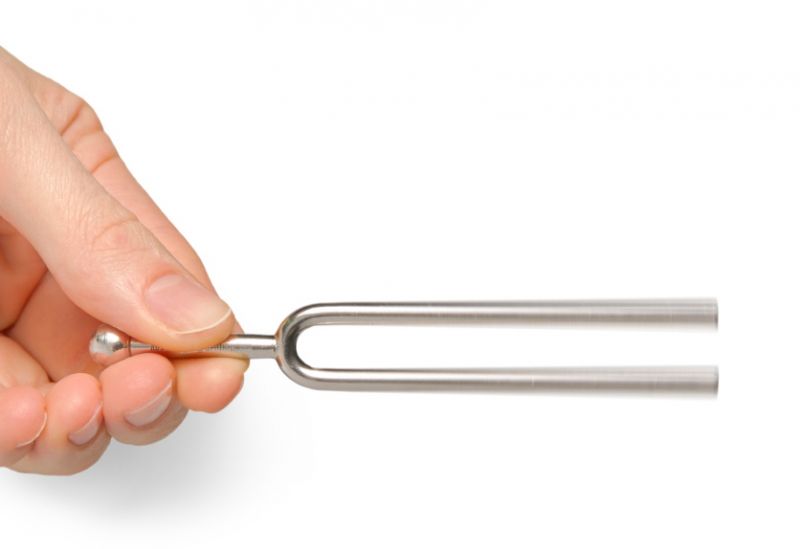
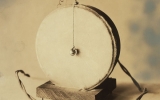
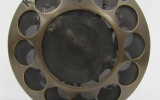
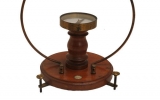

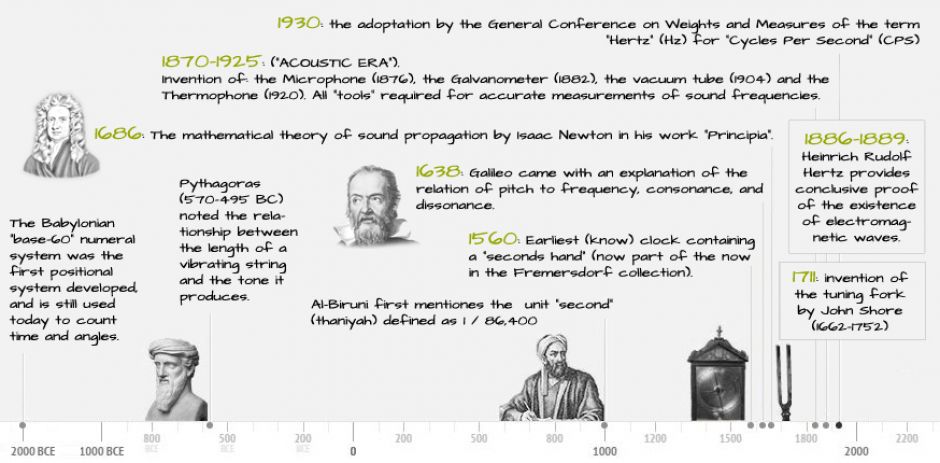

.png)







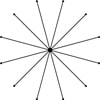
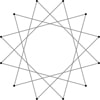
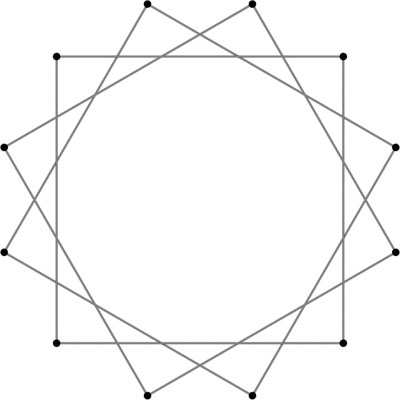
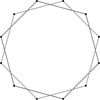
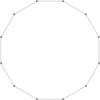
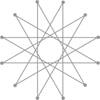
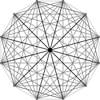
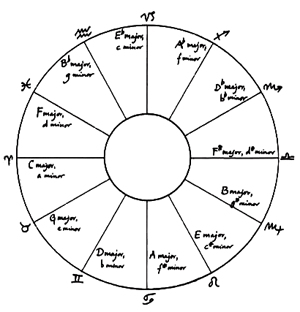
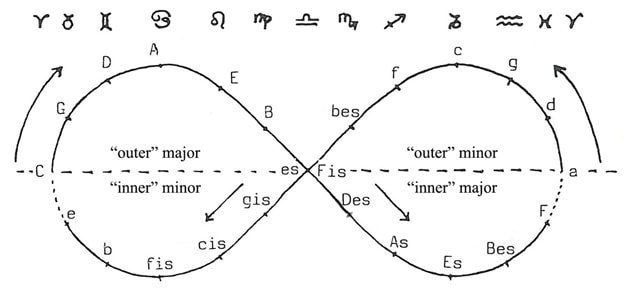
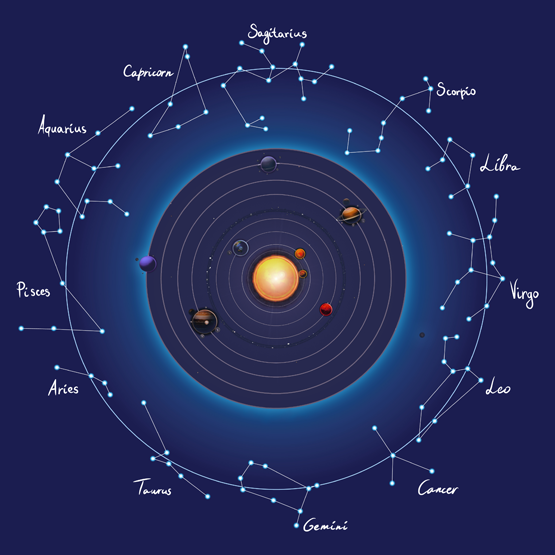
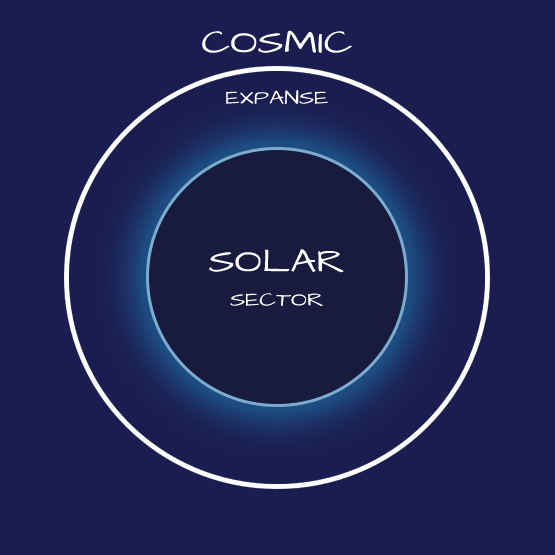

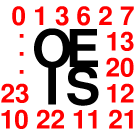 There are many more sequences, a complete list of sequences can be found at the “
There are many more sequences, a complete list of sequences can be found at the “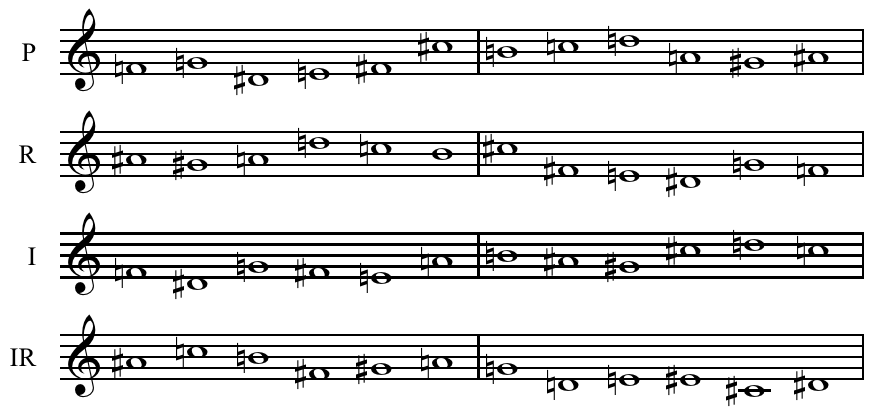

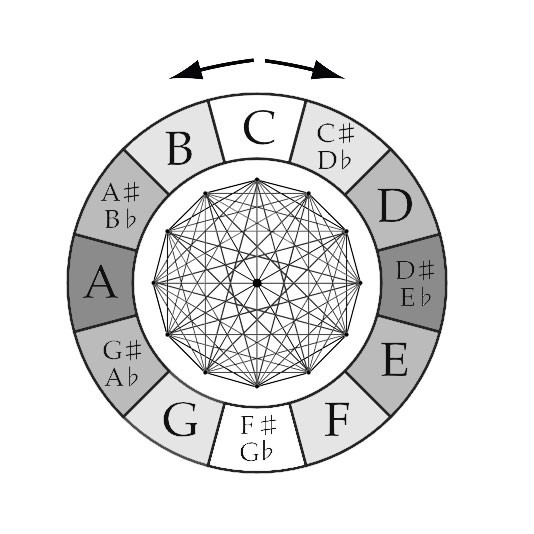
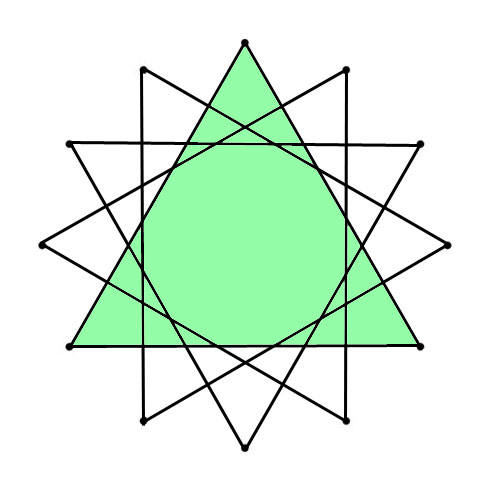

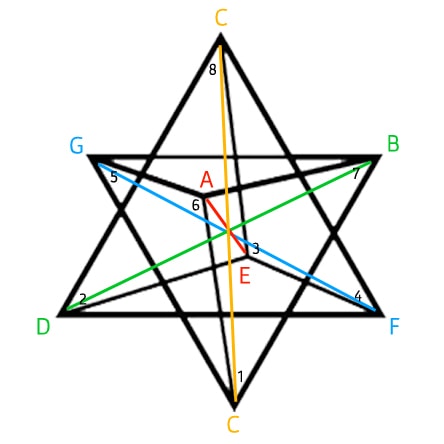

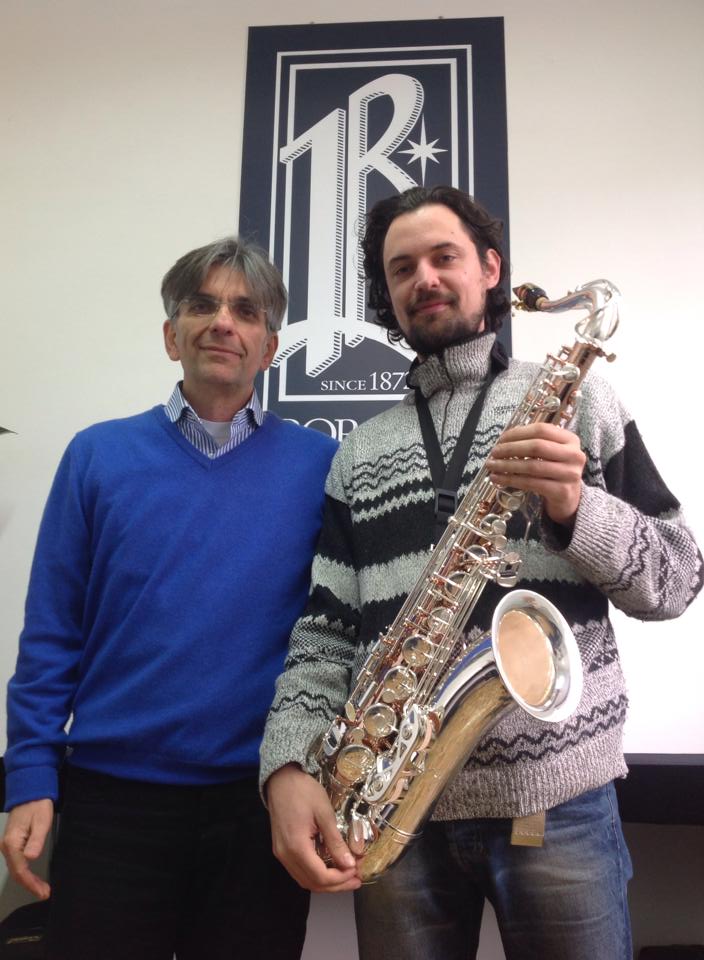 I will start this article with a rather unique instrument. There is at present time only one 432-designed saxophone world-wide. It was made for Enrico Marchioro by the Borgani Musical Instruments company in Italy. I am a saxophone player myself and naturally have a strong affinity with this topic in particular, so I wrote a full article about it on this blog.
I will start this article with a rather unique instrument. There is at present time only one 432-designed saxophone world-wide. It was made for Enrico Marchioro by the Borgani Musical Instruments company in Italy. I am a saxophone player myself and naturally have a strong affinity with this topic in particular, so I wrote a full article about it on this blog. 